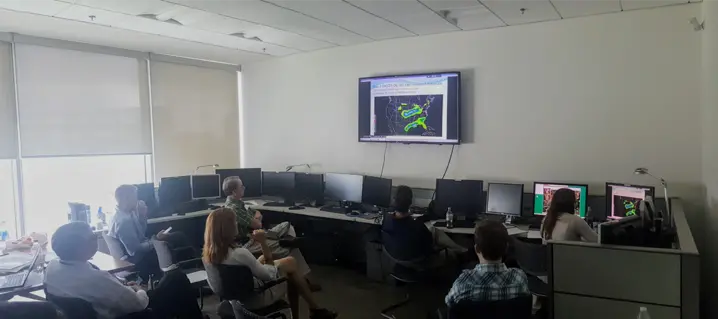
Research: Intelligent post-processing of convection-allowing model output to inform Weather Prediction Center outlooks and forecasts
This research, sponsored by NOAA's Joint Technology Transfer Initiative, continues our long-running collaboration with the Weather Prediction Center to improve forecasts of excessive rainfall. Former graduate student Greg Herman developed a forecast system that uses "reforecasts" (retrospective forecasts using an unchanging forecast model) and past observations, along with machine learning algorithms, to make probabilistic forecasts of excessive rainfall. This system is known as the "CSU-Machine Learning Probabilities" forecast system, and WPC forecasters can now use these forecasts as a "first guess" in generating their operational Excessive Rainfall Outlooks on days 2 and 3.
In our ongoing work, we are exploring whether incorporating higher-resolution numerical model output into the machine-learning system, for improved forecasts at shorter lead times. These forecasts have been evaluated at the Flash Flood and Intense Rainfall (FFaIR) testbed experiment in 2017-2019, which has led to improvements in the system. We continue to work with WPC to develop these products and transition them into forecast operations. This work was featured on 9News in Denver in July 2017.
Papers describing the CSU-MLP system:
- Herman, G.R., and R.S. Schumacher, 2018: "Dendrology" in Numerical Weather Prediction: What random forests and logistic regression tell us about forecasting extreme precipitation. Monthly Weather Review, 146, 1785-1812.
- Herman, G.R., and R.S. Schumacher, 2018: Money doesn't grow on trees, but forecasts do: Forecasting extreme precipitation with random forests. Monthly Weather Review, 146, 1571-1600.


